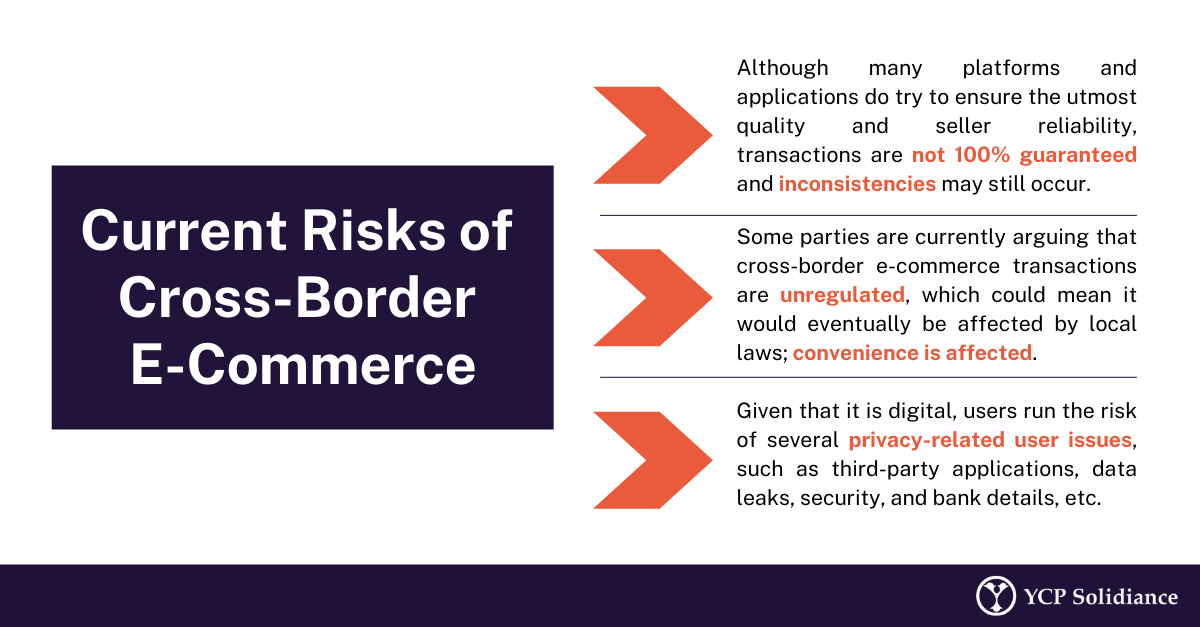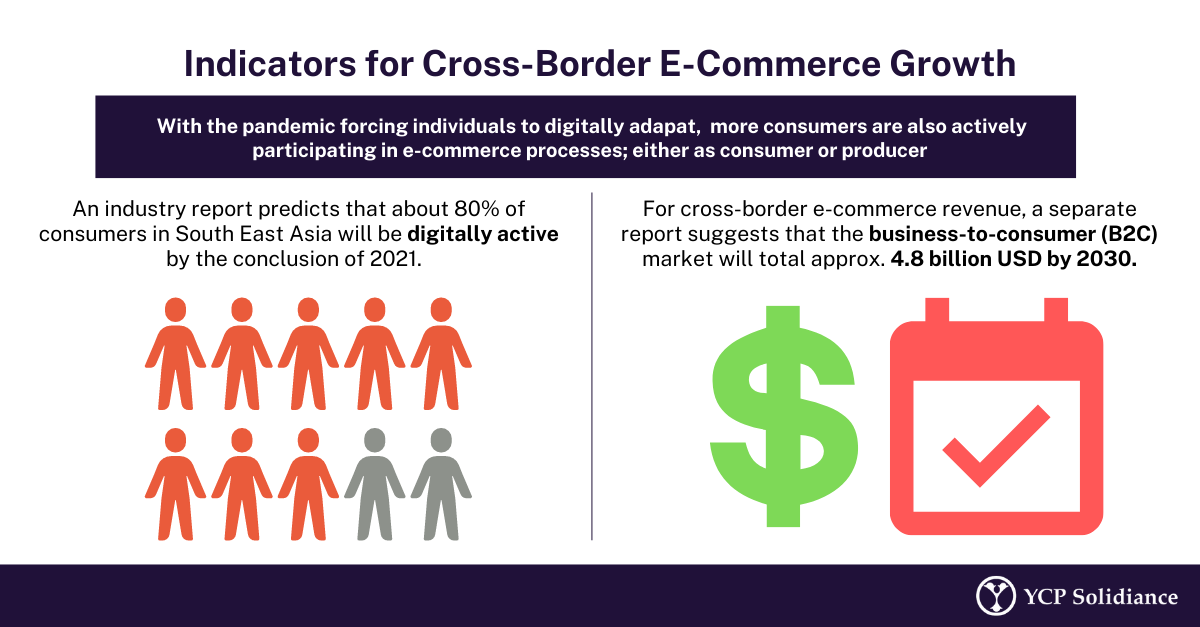Just this September, international courier and delivery service DHL Express announced that it had expanded its airfreight and gross payload capacity by 30% to accommodate the demand brought about by increased cross-border e-commerce activity within the Asia-Pacific (APAC) region.
Regionally, Singaporean e-commerce giant Shopee has continually invested in cross-border e-commerce as evidenced by their recent expansion and success in Brazil. As reported by Reuters, the platform managed to become Brazil’s most downloaded shopping application within only two years of domestic introduction.
As private businesses in the space of consumer goods and retail continue to jockey for better e-commerce solutions and positions amidst COVID-19, the current state of cross-border e-commerce in Asia presents several key opportunities and challenges. Nevertheless, the bustling activity is a promising sign for the future of the e-commerce industry and cross-border trade.
Cross-Border E-Commerce Challenges
Given that cross-border e-commerce goods and services are currently sold digitally, governments are unable to implement value-added taxes, or VAT, to related transactions. While this is beneficial to parties directly involved in business-to-consumer (B2C), business-to-business (B2B), or consumer-to-consumer (C2C) sales, many countries are eyeing the possibility of taxing these transactions as it could provide a potentially large boost to a country’s economy. 
Opportunities for Growth
Considering that the above statistics show that e-commerce will only continue to grow within Asia, the potential benefits for the industry and the businesses involved are endless. Beyond this, the impact that cross-border e-commerce brings to other industries should also be examined. 
Overall, despite potential difficulties like taxation of international transactions, there is still a large upside within the future of cross-border e-commerce. Moving forward, beneficial ripple effects like the ones previously detailed are wholly possible.
For similar insight into e-commerce industry trends within Asia, subscribe to our newsletter here.






